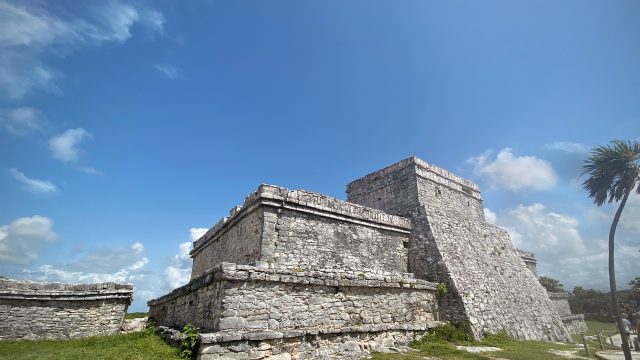
Embracing Community as You Travel: Ways to ethically connect with culture and community
Published on November 18, 2024
Embracing Community as You Travel: Ways to ethically connect with culture and community By: Jennifer Castle, Pleasant Holidays A recent American Express global travel trends report showcased that the new generation of jetsetters are looking to prioritize the connection and wellbeing of local communities as they travel. A few ways this can be achieved are […]
Keep reading
A Young Nation in Ancient Lands
Published on November 4, 2024
A Young Nation in Ancient Lands By: Ralf Korbner, SITA World Tours Our modern jetliner lifted off the runway and gently climbed into the African sky. To the left Dar es Salaam slowly disappeared in the pink evening light and soon we would cross Zanzibar on our return to Doha and Los Angeles. During the […]
Keep reading
Explore Sustainable Food and Gastronomy Adventures in the Philippines
Published on October 21, 2024
A Journey Through Flavorful Filipino Traditions By: Sarah Mae Lee Monroy, Lead Officer for Cultural Tourism, Philippine Department of Tourism Have you heard of Pancit, Lumpia, Adobo, and Sisig? These delectable dishes might have graced your social media feed or found their way to your plate at a Filipino restaurant. Yet, the Philippines is teeming […]
Keep reading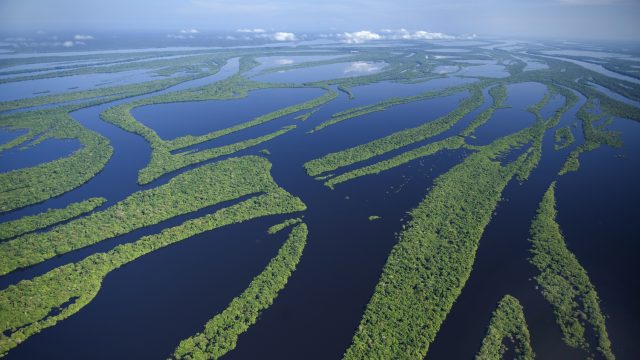
Experience Aromatic Adventures in the Amazon Rainforest
Published on September 23, 2024
Experience Aromatic Adventures in the Amazon Rainforest By: Visitbrasil.com The Amazon Rainforest is one of the most impressive and biodiverse natural wonders on the planet. Considered the largest tropical forest in the world, it harbors an incomparable wealth of wildlife, unique ecosystems, and ancient indigenous cultures. Spending six days immersed in the Uatumã Sustainable Development […]
Keep reading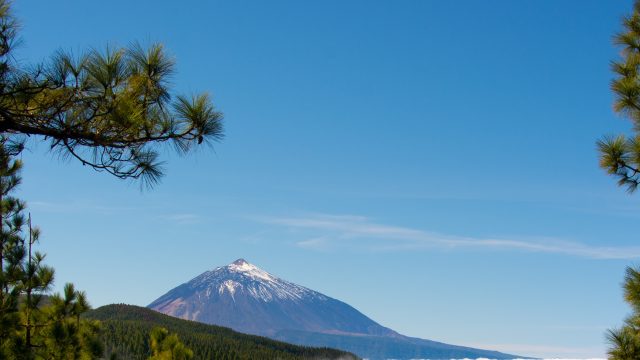
Leave Your Mark, Not Your Footprint: A Guide to Sustainable Travel in Spain
Published on September 9, 2024
Leave Your Mark, Not Your Footprint: A Guide to Sustainable Travel in Spain By: Turespaña It might not come as a surprise that Spain is one of the leading tourist destinations in the world for its vibrant culture, rich history and stunning landscapes. But did you know that Spain is a global leader in sustainable […]
Keep reading
Making Travel Meaningful: Connecting with Indigenous Communities
Published on August 20, 2024
Making Travel Meaningful: Connecting with Indigenous Communities By: Gina Bang, Chief Sales & Marketing Officer, Avanti Destinations In a world increasingly dominated by mass tourism, travelers are seeking more meaningful experiences. Immersing yourself in the traditions of indigenous communities offers a window into a world that is both ancient and profoundly different from our own. […]
Keep reading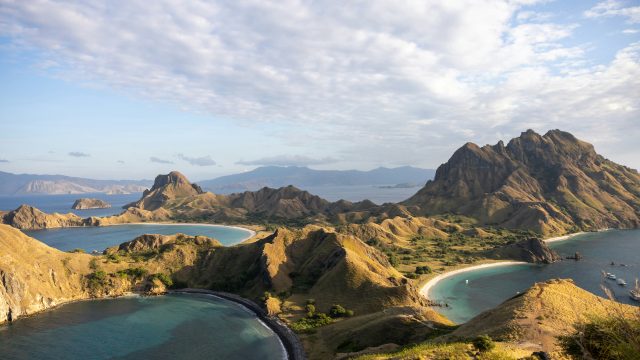
6 local moments that connect you to the heart of Southeast Asia
Published on July 31, 2024
6 local moments that connect you to the heart of Southeast Asia By: Jamie Gallerani for EF Go Ahead Tours If Southeast Asia guarantees anything, it’s to welcome you—and then to wow you, in that order. Here, wonder shows up as bowls of piping hot pad thai and plates of skewered satay, served by street […]
Keep reading
Nyepi Day (Silence Day) in Bali, Indonesia
Published on July 18, 2024
Nyepi Day (Silence Day) in Bali, Indonesia By: Elite Voyages The Balinese celebrate their new year like no other. One of the most well-known Balinese public holidays, celebrations last for six days and include parties, parades, prayers, and a whole Day of Silence, also known as Nyepi Day. Visitors to Bali at this time are […]
Keep reading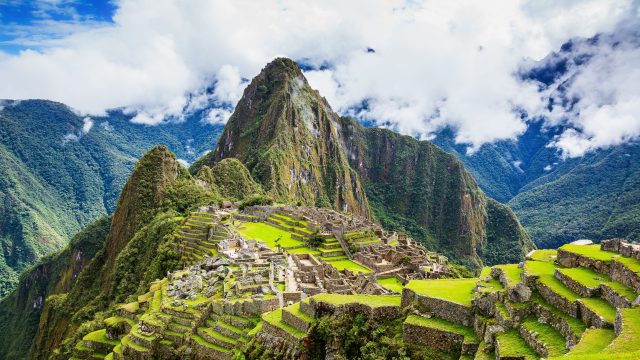
Traveling Off the Beaten Path: How to Stay Prepared and Protected
Published on July 8, 2024
Traveling Off the Beaten Path: How to Stay Prepared and Protected By: Deanna Caffrey Traveling to remote or less-traveled destinations can be an exhilarating adventure. These locations often offer untouched natural beauty, unique cultural experiences, and a sense of discovery that popular tourist spots can’t match. However, venturing off the beaten path comes with its […]
Keep reading
The Stories Behind our National Monuments
Published on June 17, 2024
The Stories Behind our National Monuments By Tauck What’s the difference between America’s national parks and national monuments? Storied sites all, both share tales of treasured sights in public lands protected for the enjoyment of generations of visitors. Designated by a legislative act of Congress, our national parks are areas of natural beauty, federally conserved […]
Keep reading
